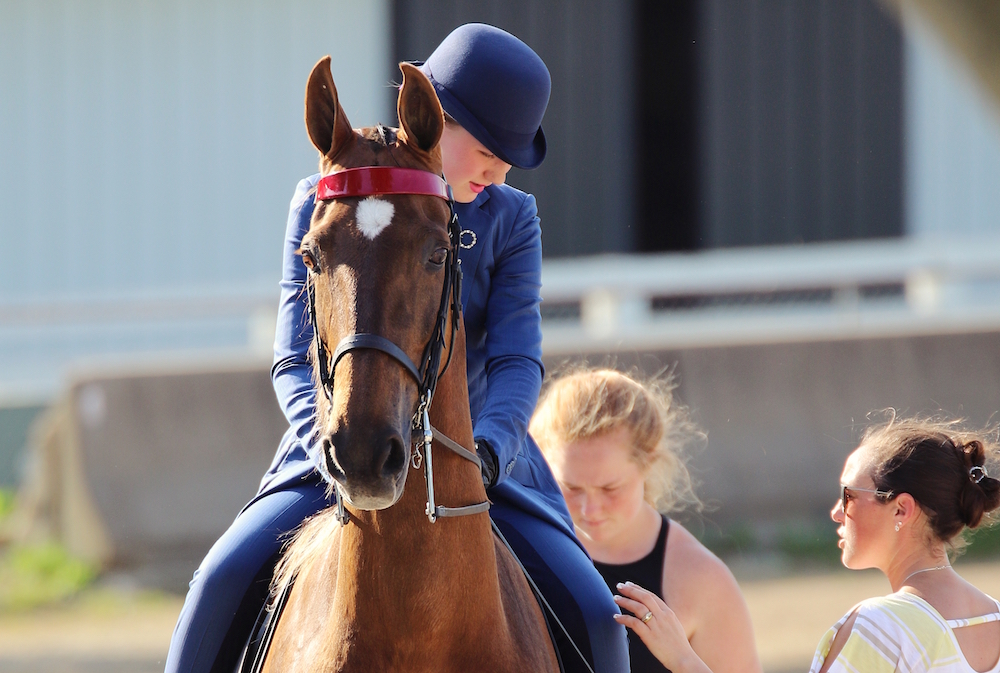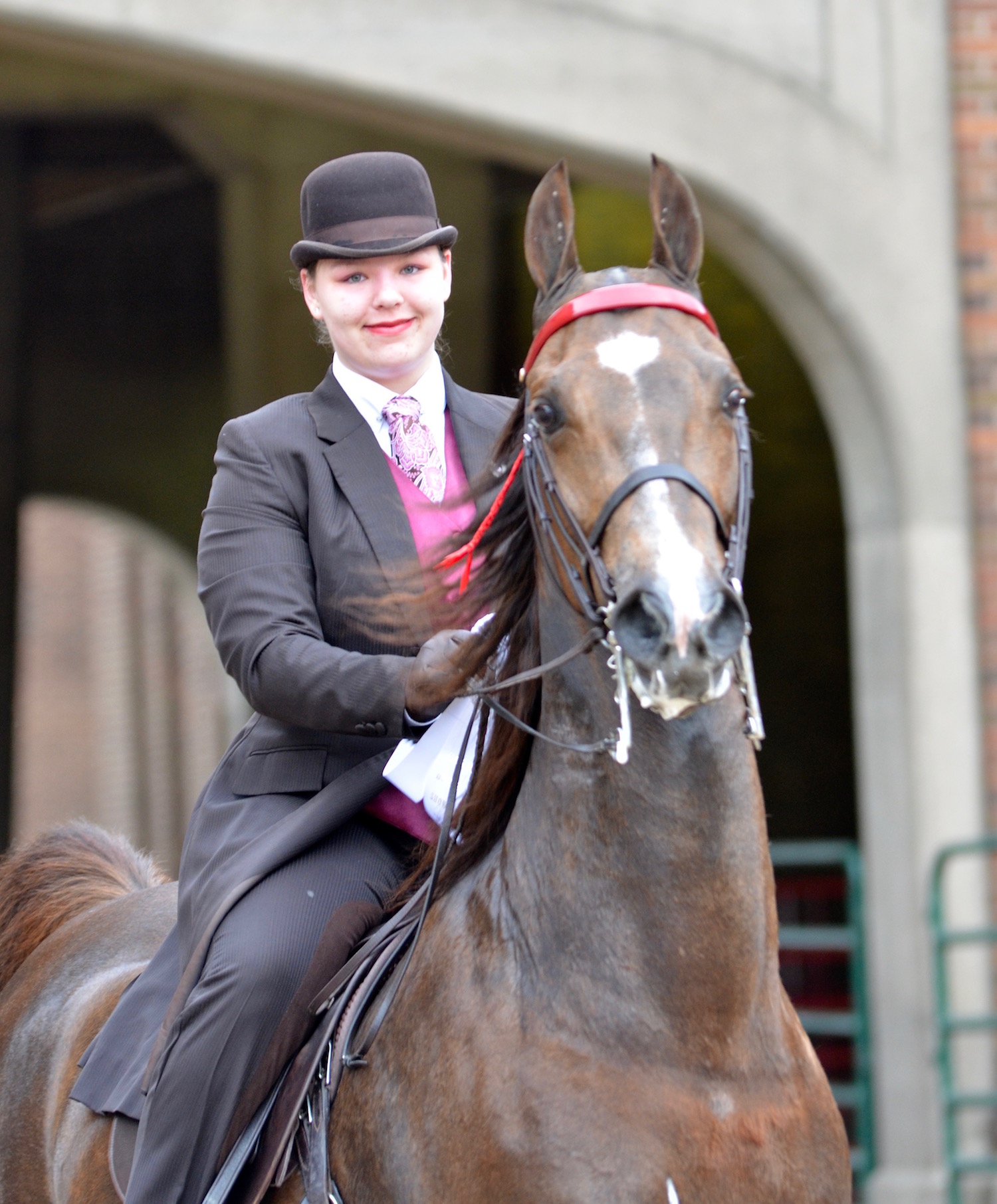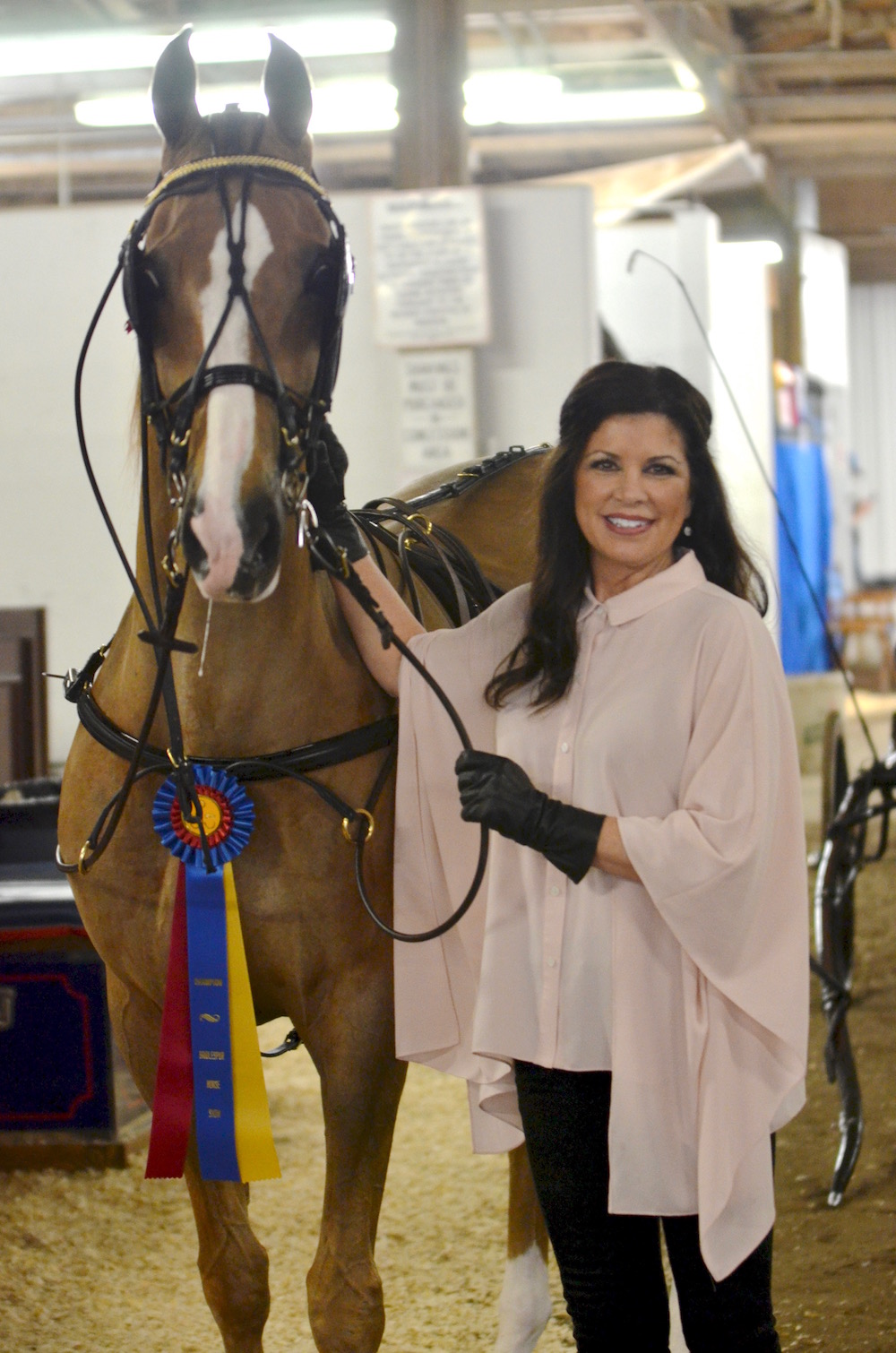 Horse show season is upon us and we couldn’t be more thrilled! Most horse enthusiasts would show every weekend if they could. But how often should you really show your horse? The answer to this is complex and very specific to the individual horse, but there are some common factors that can help owners create the best plan for both horse and rider for a successful and enjoyable horse season.
Horse show season is upon us and we couldn’t be more thrilled! Most horse enthusiasts would show every weekend if they could. But how often should you really show your horse? The answer to this is complex and very specific to the individual horse, but there are some common factors that can help owners create the best plan for both horse and rider for a successful and enjoyable horse season.
The first thing to consider is how your horse spent the off-season. Were illnesses or injuries a factor? If so, decisions on how often to show may need a collaborative approach between owner, veterinarian and trainer. It may be fine for one horse to show every two to three weeks, but another who is recovering from a significant injury or illness may need to be shown every four to six weeks instead to build up stamina.
All horses – even ones who remained healthy over the winter – should be monitored closely throughout the show season. If a horse is significantly fatigued the week after a show, it may indicate that the horse needs to have more training in endurance and stamina so they are able to continue training and showing well. According to Paul Boone, owner and trainer at Boone’s Farm and Stables in Concord, North Carolina, mental states should be considered as well as physical ones; horses should always be watched for dull or listless behavior.
“Tending to a horse at all times is crucial to success in the show ring,” Paul said.
Dr. Scott Bennett of Equine Services, located in Simpsonville, Kentucky, agrees. In fact, he said that watching for signs of stress throughout the season can help prevent illness or injury.
 “Keep an eye on how the horse is eating and what their temperature is – these are two good indicators of a horse’s well-being that are easy to monitor,” Scott said.
“Keep an eye on how the horse is eating and what their temperature is – these are two good indicators of a horse’s well-being that are easy to monitor,” Scott said.
If you horse begins showing signs of unhappiness or stress, it is important to try to determine if there are environmental or training changes that can help the horse be more comfortable in the arena at a particular show, or if it is in the best interest of all to skip the show altogether. The addition of horse shows to the training routine is a change that some horses tolerate well, while others need alterations to nutrition, workouts and general training. Travel and changes to stabling are big factors to consider.
“Changes in routine lead to stress, which can then lead to ulcers in horses,” Scott said.
The increased stimulation of a show can be particularly problematic for younger horses.
“Think of the yearlings and weanlings,” Scott said. “It’s like taking a newborn or young child and putting them in a situation where there are lights and noise and strange surroundings – imagine the stress that comes with that.”
A horse that needs time to acclimate to new surroundings may need to arrive at the show as early as possible to become comfortable enough to show well. Horses often have arenas that they are happier being at than others. If the horse is having a real problem with a particular arena if may be best to avoid it if possible. Signs of this can be resistance to entering the ring, spooking, a delayed response to commands, or just being “dull.”
“A horse that doesn’t want to do his job or has lost his ‘brightness’ is not ready for the show ring,” Paul said.
But, as Heather Boodey, owner and trainer of Ingleside Farm, pointed out, sometimes lack of brightness can come from a horse that has simply grown bored.
“Horses will get into a routine and will get bored,” she said. “Changing their routine slightly without causing stress can be helpful.”
Because they are dynamic creatures, horses may require different things at different times to help maintain the best possible physical and mental state.
“A horse that is bright and lively in the show ring in March may need some additional support to maintain this same attribute in October,” Heather said.
Sometimes this support can come from changes in feeding or training, and sometimes it comes from shoeing. Long time farrier, Gordon Ingram works hard to help his charges perform their best in the show ring all season long.
“I try to tend to the horses more often in the show season to make sure their shoes are as high quality as possible,” he said.

Wear on shoes and hooves can come from humidity, walking on uneven or rough surfaces and general wear and tear. Operating by the old adage of “no hoof, no horse,” Gordon monitors horses’ hooves closely for bruising, a sign of general fatigue, and makes recommendations accordingly. Sometimes those recommendations include temporary rest from showing.
“I will occasionally recommend that a horse sits out a show to rest, in anticipation of a bigger show,” he said.
Missing a show can be disappointing, but it’s important to put the horse’s long-term health and happiness first.
“Sometimes it is a challenge when the vet or farrier or I feel that the horse needs a rest, yet the customer insists on showing any way,” Heather said. “It’s hard to be in that situation, but luckily it doesn’t happen often.”
When it comes to deciding how many horse shows to enter in a season, there is no magic number. Showing in multiple classes on the same horse at the same show can be as stressful on a horse as showing one or two classes at weekly shows. But the ultimate goal of showing horses is to display all of the wonderful attributes of the American Saddlebred, and showing a horse that is unsound or unhappy is a detriment to this goal, and can even lead to critical or permanent injury.
So the final answer when considering how much to show your horse? Watch your horse closely and rely on the input from your trainer, veterinarian and farrier. These are the people whose goal it is to make sure your horse is as show-ring-ready as possible. Your success is a reflection of their profession, and they should always have your horse’s best interest at heart.



